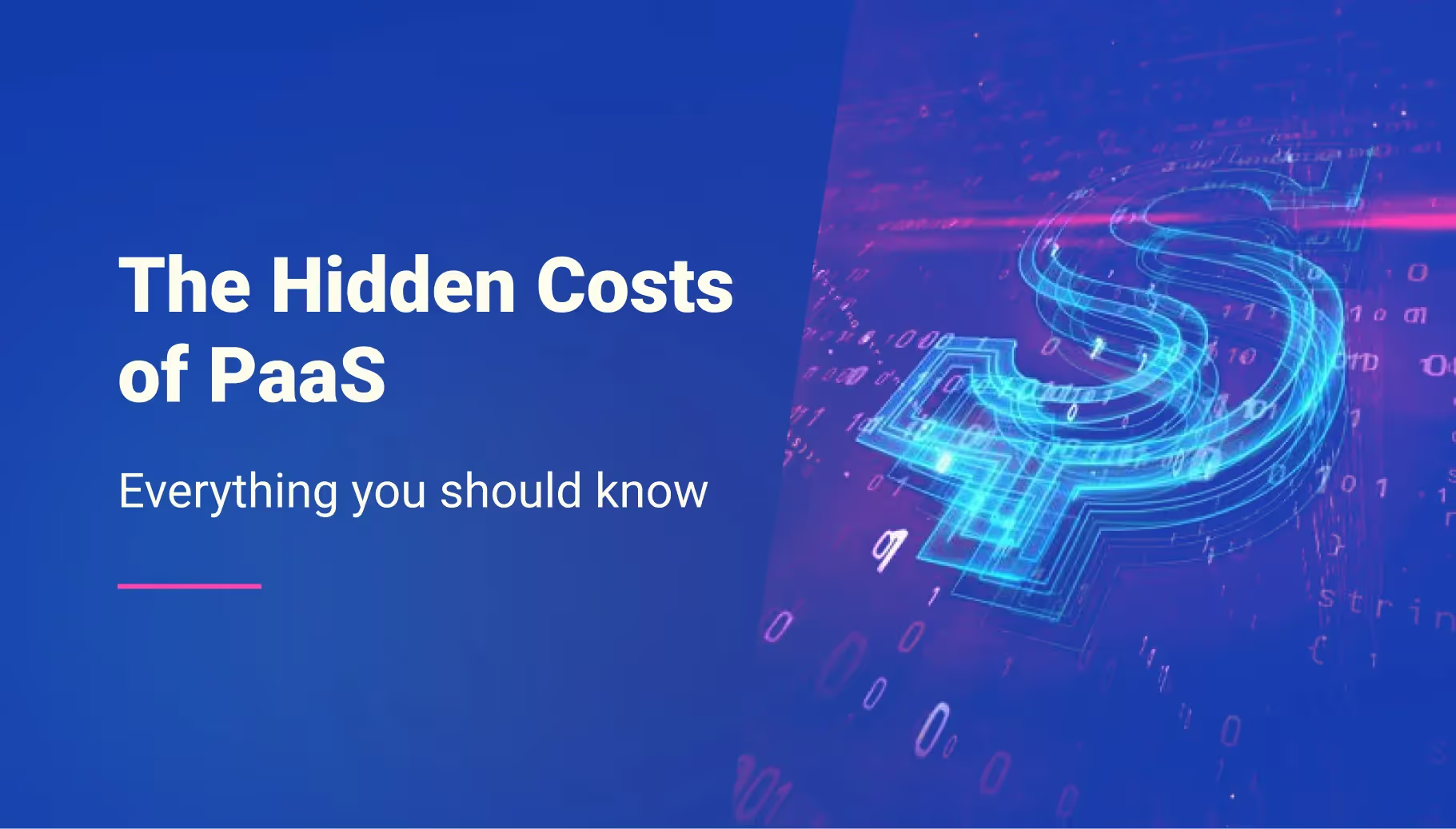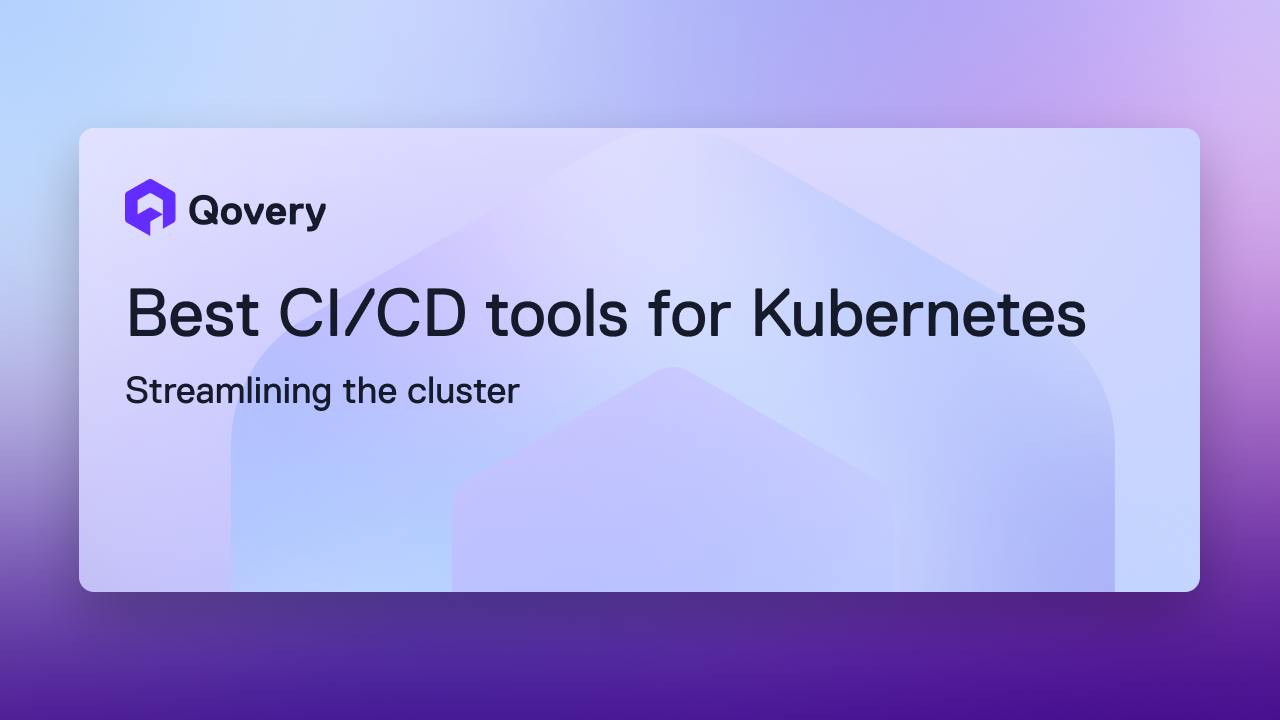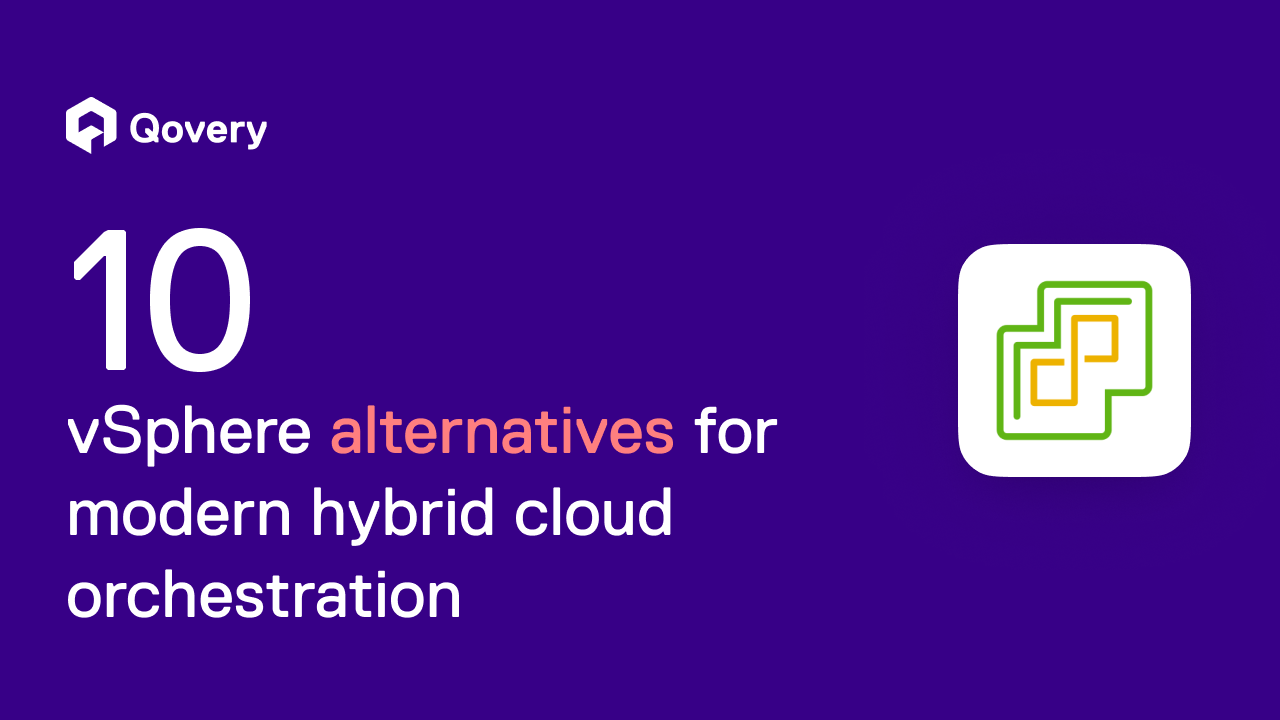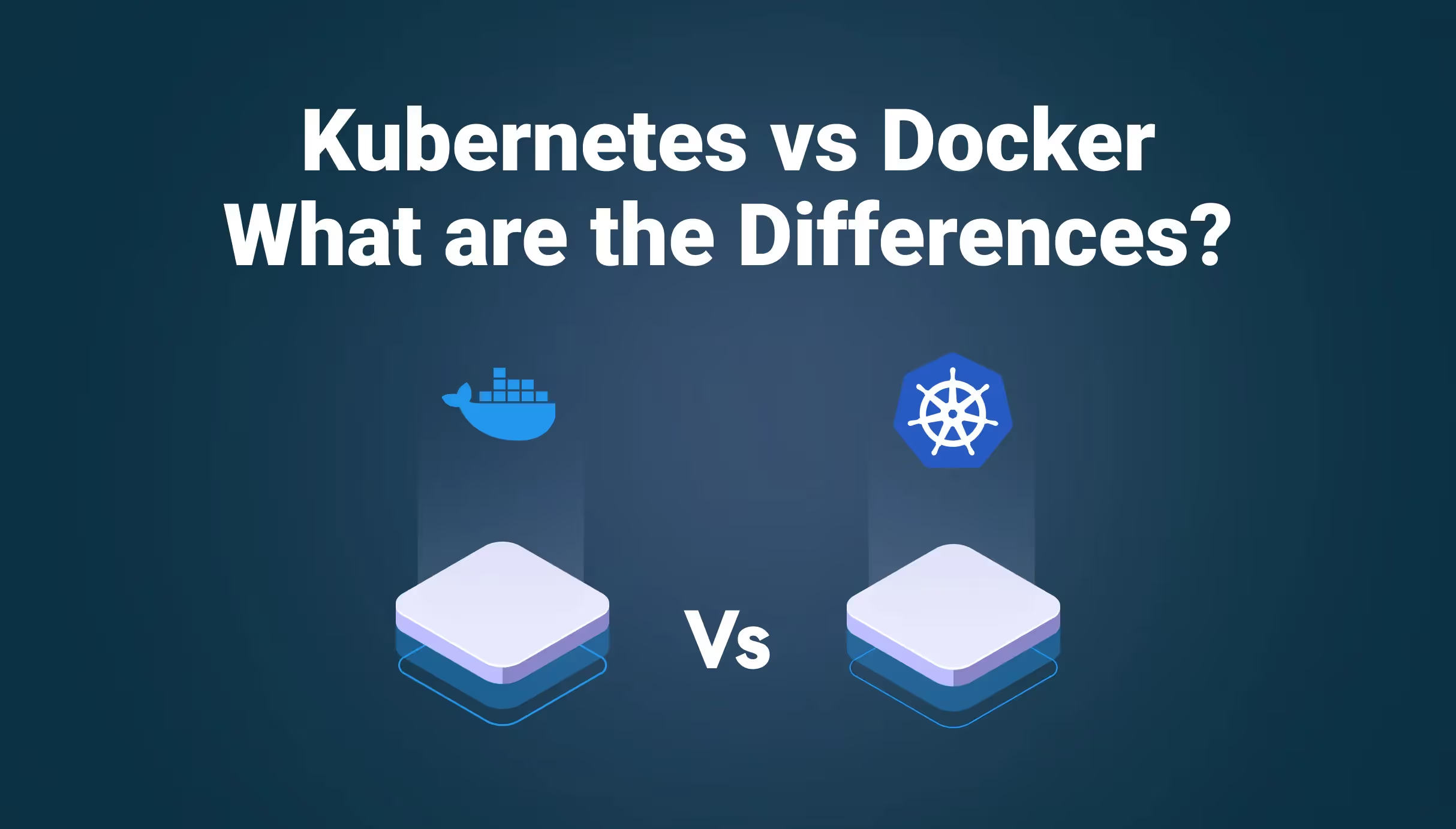
The Hidden Costs of PaaS: Everything You Should Know



Top 7 hidden financial burdens of PaaS
1. Scaling
Unexpected cost increases during scaling are often the most significant hidden financial burden. For platforms like Heroku, costs can escalate by more than 50% during periods of increased demand. For instance, Heroku use dynos (lightweight Linux containers) to run applications. Scaling costs arise when the auto-scaling feature automatically increases dyno counts in response to traffic spikes, which can drastically increase monthly costs. This scenario is commonly reported by startups and mid-size businesses during traffic surges and can severely disrupt budget planning.
2. Vendor lock-in
Vendor lock-in ranks high due to its long-term financial implications. About 35% of businesses report challenges due to being tied to a single PaaS provider. Vendor lock-in occurs due to proprietary technology stacks provided by PaaS vendors like Heroku, which might use specific buildpacks for application deployment. Migrating to another platform often requires significant reconfiguration of the application’s codebase, dependency management, and deployment processes, which can be both costly and time-consuming. Then, this lock-in can lead to substantial switching costs and hinder flexibility, making it a critical consideration for strategic planning
3. Compliance & Security
Security and compliance can unexpectedly increase PaaS costs by up to 25%. This is especially relevant for industries with strict regulatory standards, where companies may need to invest in enhanced security measures or third-party audit services to comply with regulations while using services like Heroku. Compliance costs are linked to meeting standards such as GDPR or HIPAA, which may require PaaS users to implement additional security layers such as end-to-end encryption or regular audits. On platforms like Heroku, adding features like Heroku Shield for additional security compliance can significantly increase monthly costs per dyno.
4. Integration challenges
Integration costs, adding an estimated 20-30% to project budgets, are a major issue for companies that need to connect PaaS solutions with existing IT infrastructures. Integration often involves connecting the PaaS with existing databases, ERP systems, or other external applications. For instance, integrating Heroku with a legacy database may require additional gateways or custom-written APIs, which not only increase upfront costs but also add complexity to maintenance and updates.
5. Ongoing support & Optimization
The need for continuous support and performance optimization can lead to an additional 15-20% in costs. Support and optimization on PaaS platforms entail using monitoring tools like New Relic or Logentries to track performance metrics and identify issues. These tools require additional subscriptions and often need expert configuration and ongoing analysis to be effective, adding to the overall cost of maintaining optimal application performance.
6. Data management & Migration expenses
Data management and migration represent about 10-15% of total PaaS spending. The complexities and costs associated with data operations are significant due to the technical challenges of data transfer and potential service interruptions. Data management costs include fees for data storage, backup, and transfer. For instance, Heroku Postgres charges based on row limits and data storage, with significant cost jumps between tiers. Migrating data out of Heroku Postgres can involve complex data export procedures, especially for large datasets, which require considerable processing power and can lead to downtime.
7. Unexpected downtime costs
Unexpected downtime, though less frequent, remains a critical risk. Downtime costs are particularly severe due to lost revenue and potential damage to customer trust. Technical reasons for downtime on Heroku could include dyno failure, unhandled application errors, or loss of service due to dependency outages. Recovering from such incidents often requires immediate and resource-intensive troubleshooting and mitigation efforts. Businesses often overlook this cost until they experience its ramifications firsthand.
How to mitigate these hidden costs?
A. Adopt a container-first approach
Overview: Containers provide a lightweight, portable way to package applications, ensuring they run consistently across different environments. By adopting a container-first approach using technologies like Docker and Kubernetes, businesses can gain more control over the resources their applications use, potentially reducing the costs associated with under or over-utilization of resources.
Practical tip: Start by containerizing applications to make them independent of the underlying infrastructure. This will facilitate easier migration between different platforms and cloud providers, reducing the risk of vendor lock-in.
B. Leverage Kubernetes for orchestration
Overview: Kubernetes is an open-source system for automating the deployment, scaling, and management of containerized applications. It enhances control over resource allocation and can dramatically improve operational efficiencies, thus mitigating some of the hidden costs associated with traditional PaaS.
Practical tip: Implement Kubernetes to manage containerized applications. Its efficient scaling and self-healing mechanisms (like auto-replacing failed containers) can reduce the need for intensive manual oversight and lower operational costs.
C. Shift toward Infrastructure as Code (IaC)
Overview: Infrastructure as Code (IaC) tools such as Terraform or AWS CloudFormation allow teams to automate the provisioning of infrastructure through code. IaC not only provides complete control over the infrastructure but also ensures consistency and repeatability, which are often challenges in PaaS environments.
Practical tip: Use IaC to define and deploy infrastructure based on organizational needs. This approach ensures that you only use and pay for the resources you need, with the flexibility to adjust as requirements change.
D. Utilize DevOps Automation Tools
Overview: Qovery is a DevOps automation platform that blends the simplicity of PaaS with the flexibility of IaaS. It automates the deployment, scaling, and management of applications on Kubernetes, providing an abstraction layer that simplifies complex cloud operations.
Practical tip: Leverage Qovery to automate routine DevOps tasks, such as setting up and managing Kubernetes clusters, configuring CI/CD pipelines, and handling environment variables. By using Qovery, you can reduce the time and resources spent on infrastructure management, focusing instead on development and innovation. This not only saves costs but also speeds up the development cycle, making it easier to respond to market changes swiftly.
Evaluating Total Cost of Ownership (TCO)
Understanding the Total Cost of Ownership (TCO) is critical for businesses to assess the true cost implications of using PaaS solutions. TCO extends beyond mere subscription fees to include a variety of hidden and indirect costs that can significantly affect your budget.
1. Direct costs
- Subscription fees: The most visible cost associated with PaaS, which typically includes the base rate for accessing the platform and may vary depending on the tier of service selected.
- Resource usage: Costs associated with the actual consumption of resources, such as compute instances, storage, and network bandwidth.
2. Indirect costs
- Administrative costs: Expenses related to the management and administration of the PaaS environment, including the time spent by IT staff on configuration, maintenance, and troubleshooting.
- Training costs: Investment in training for developers and IT staff to effectively use the PaaS features and adhere to best practices.
3. Hidden costs
Please refer back to our above discussion in the section “The Top 7 hidden financial burdens of PaaS”.
Conducting a TCO analysis
A comprehensive TCO analysis should include a systematic evaluation of all cost factors over a specific period, typically the expected lifespan of the PaaS deployment. This analysis should consider not only the initial costs but also ongoing expenses and potential future costs related to upgrades, expansions, or migrations.
- Utilize TCO calculators: Many cloud service providers offer TCO calculators that can help you estimate the costs of using their PaaS solutions. These tools typically allow you to input various parameters about your usage and provide a detailed breakdown of expected costs.
- Model different scenarios: It’s beneficial to model various usage scenarios to understand how changes in demand, growth, or service requirements might impact costs. This can help in planning budgets more accurately and in choosing the most cost-effective PaaS solution.
- Review regularly: Given that technology and business needs evolve, it’s crucial to review and update your TCO analysis regularly. This ensures that you continue to have an accurate understanding of costs and can make informed decisions about changes to your PaaS strategy.
TCO analysis provides a more realistic picture of what PaaS solutions will actually cost over time. By taking into account direct, indirect, and hidden costs, businesses can make more informed decisions that align with their long-term financial and operational goals.
For an expert evaluation of your cloud strategies, consider joining a free 60-minute DevOps advisory session offered by Qovery. This session aims to optimize development processes, enhance application resiliency, and identify cost reductions in hosting and CI/CD. Learn more about this opportunity.
Wrapping up
As businesses continue to migrate and expand their operations in the cloud, the need for a meticulous and strategic approach to understanding costs becomes undeniable. The Total Cost of Ownership (TCO) for cloud technologies isn’t just about tallying expenses—it’s about insightfully navigating the myriad costs that can impact your organization’s agility and financial health.
Tools like Qovery offer the best of both the PaaS and IaaS worlds. By doing so, you can enjoy the operational benefits of managed services while maintaining control over your infrastructure and costs. To experience first-hand the power of a DevOps automation platform with Qovery, start a 14-day free trial - no credit card required!

Suggested articles
.webp)



.svg)
.svg)
.svg)












